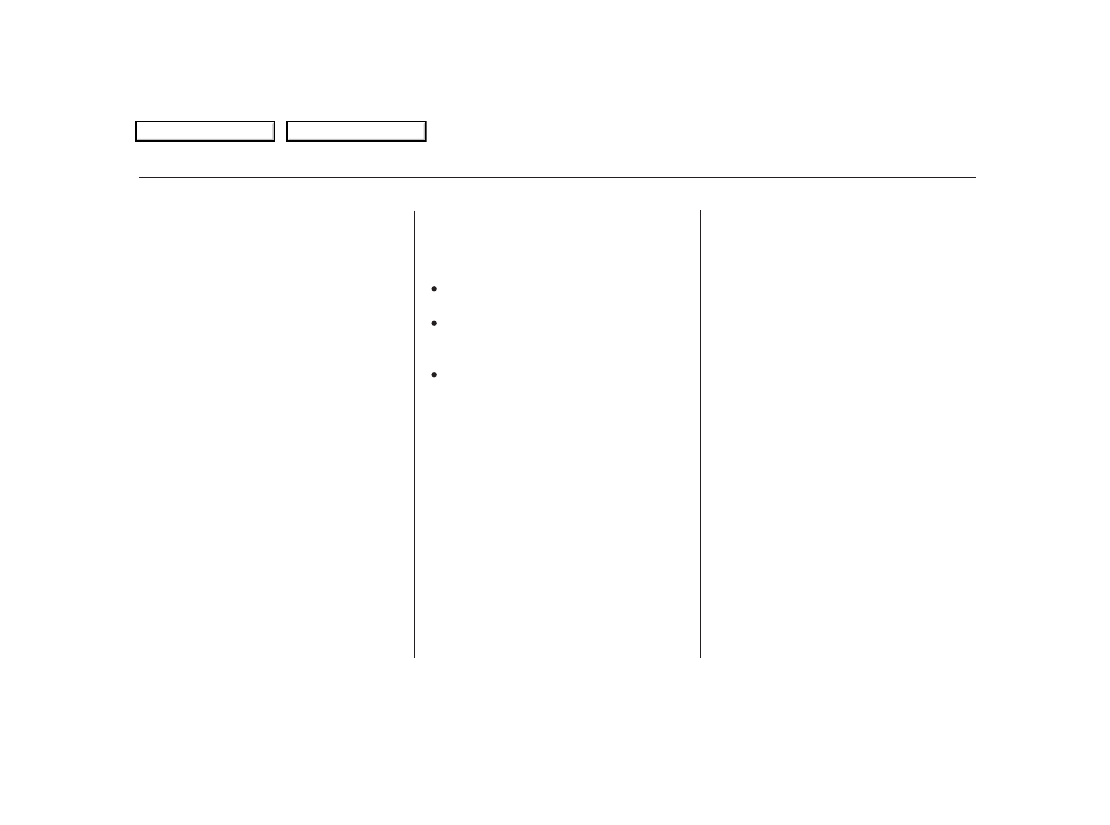Honda S2000 (2008 year). Instruction - part 9

Even with the cruise control turned
on, you can still use the accelerator
pedal to speed up for passing. After
completing the pass, take your foot
off the accelerator pedal. The vehicle
will return to the set cruising speed.
Resting your foot on the brake or
clutch pedal causes the cruise
control to cancel.
You can cancel cruise control in any
of these ways:
Tap the brake or clutch pedal.
Push the CANCEL button on the
steering wheel.
Push the CRUISE button.
When you push the CANCEL button,
or tap the brake or clutch pedal, the
system will remember the previously
set cruising speed. To return to that
speed, accelerate to above 25 mph
(40 km/h), then press and release
the RESUME/accel button. The
CRUISE CONTROL indicator comes
on. The vehicle will accelerate to the
same cruising speed as before.
Pressing the CRUISE button turns
the system off and erases the
previous cruising speed.
Canceling Cruise Control
Resuming the Set Speed
Cruise Control
126
07/07/25 17:44:26 31S2A680 0131
2008 S2000
Table Of Contents
Main Menu